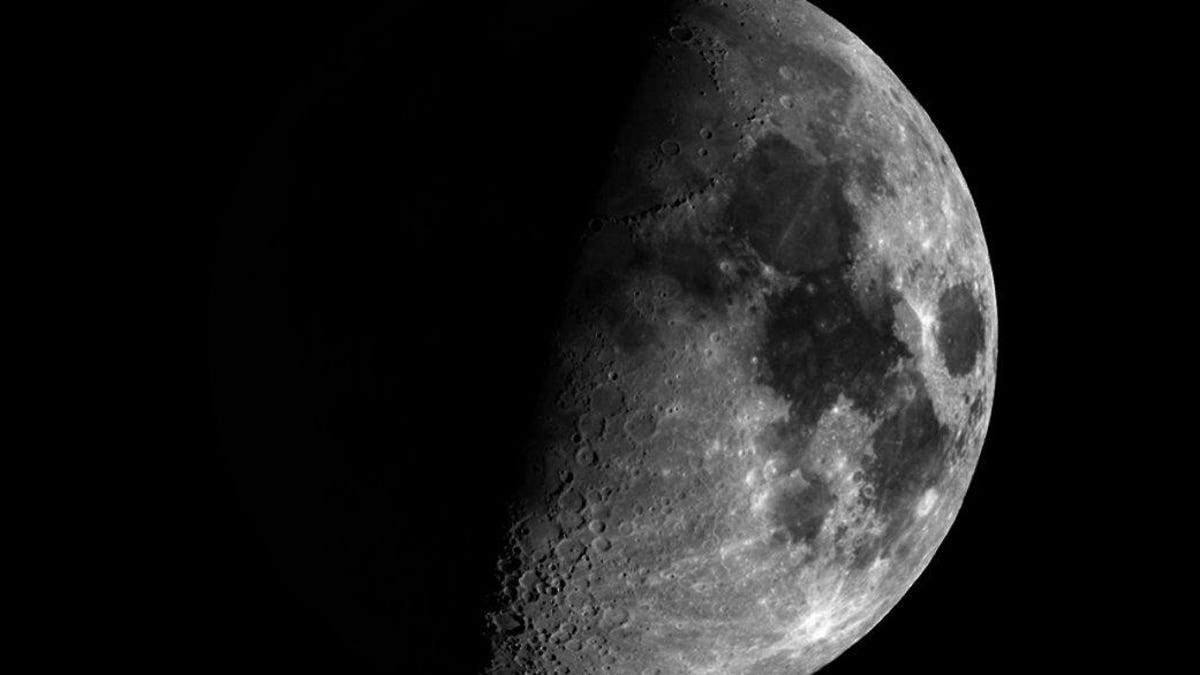NASA tracks origins of Apollo's mysterious moonquakes
The moon is shaking like Elvis's hips, and it might be because it's shrinking.

It's been almost 50 years since people set foot on the moon and we're still learning new information.
There's been a lot of buzz about the moon lately, and for good reason. The 50th anniversary of Apollo 11, the first spaceflight to land people on the moon, is coming up in July. While that's pretty common knowledge, you might not be aware of what that mission's seismic experiment found: moonquakes.
NASA's Apollo missions had seismometers at four locations that recorded moonquakes between 1969 and 1977, but the epicenters couldn't be pinpointed. Researchers have now developed an algorithm that gives much more accurate estimates of the epicenter locations. The team published its findings in May in the Nature Geoscience journal.
The Lunar Reconnaissance Orbiter spotted this prominent thrust fault on the moon.
Scientists discovered young thrust faults on the surface of the moon that they attributed to "recent" tectonic activity, but it couldn't be determined how recent, the study says.
NASA knows the moon is slowly shrinking as its interior cools, the surface wrinkling like a raisin. The crust is brittle though, so it forms those intriguing thrust faults.
"Our analysis gives the first evidence that these faults are still active and likely producing moonquakes today as the Moon continues to gradually cool and shrink," said Thomas Watters from the Smithsonian's National Air and Space Museum. Watters is the lead author of the moonquake study.
The study took a close look at 28 shallow moon quakes and found 8 of them were within 18.6 miles (30 kilometers) of faults spotted in images captured by NASA's Lunar Reconnaissance Orbiter. That means those quakes were likely attributable to the nearby faults.
The study concluded that the proximity of the moonquakes to the faults in tandem with the disturbance of material on the moon's surface near the faults suggests the moon is "tectonically active."
Researchers would love to place new seismometers on the moon. Study co-author and NASA planetary seismologist Renee Weber says this should be a priority for human exploration "both to learn more about the moon's interior and to determine how much of a hazard moonquakes present."
With NASA eyeing 2024 for a crewed mission to the moon, scientists just might get their chance.



